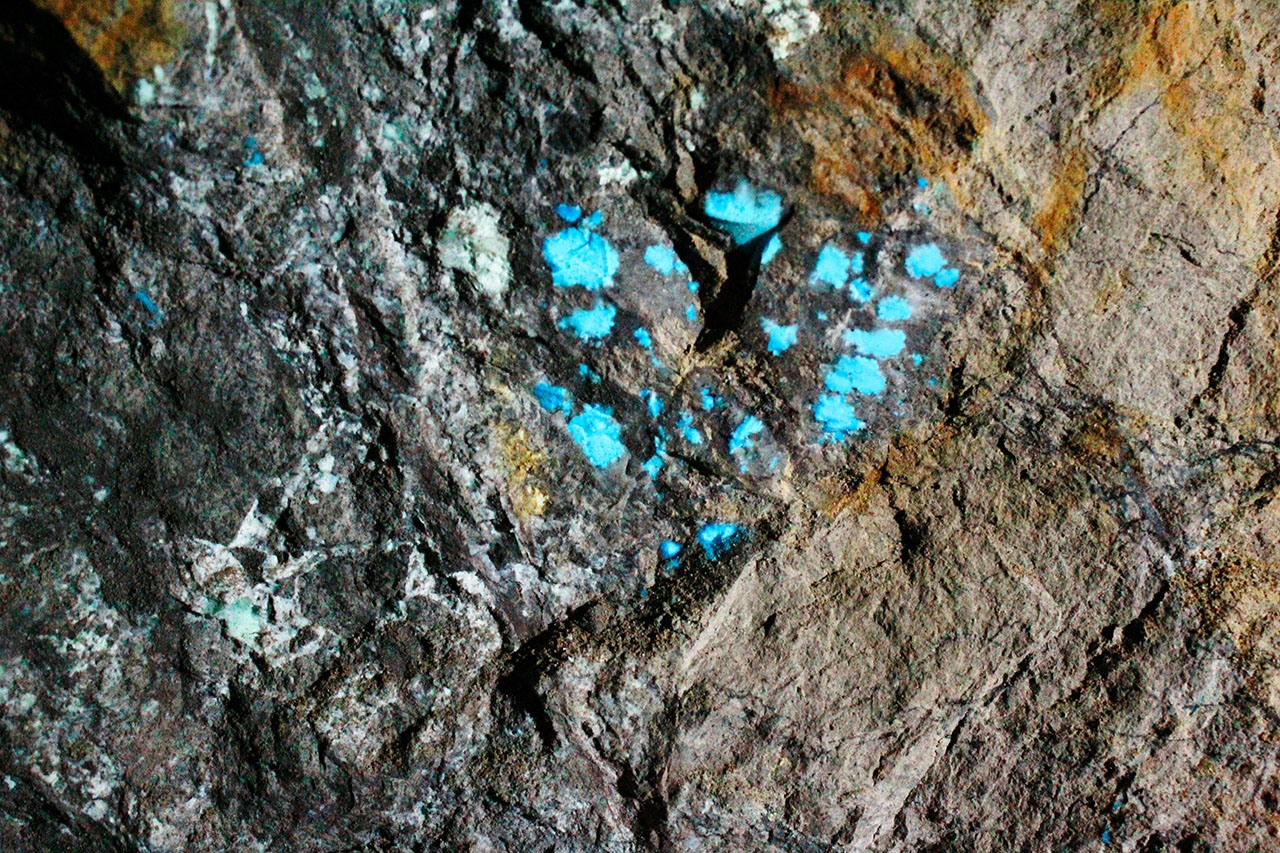
The Marvels of Turquoise Inlaying in the Middle East: A Cultural Gem
Turquoise, an enchanting and vibrant blue gemstone, has captivated the world for centuries. However, nowhere is its beauty more prominent than in the traditional art of turquoise inlaying. Its intricate designs and rich heritage make it an integral part of Middle Eastern culture. In this blog article, we unfold the secrets behind turquoise inlaying in the Middle East and explore its significance in the regional market.
The Legacy of Turquoise Inlaying in the Middle East:
Turquoise inlaying, also known as “moraq,” has been practiced in the Middle East for thousands of years. It traces its roots back to ancient civilizations such as the Sumerians, Egyptians, Persians, and Ottomans. This art form involves embedding turquoise gemstones into various materials like wood, metal, ceramics, and even furniture.
The Symbolism of Turquoise in Middle Eastern Culture:
In Middle Eastern culture, turquoise is more than just an aesthetically pleasing gemstone. It holds deep symbolism and is believed to bring good fortune, protection, and spiritual balance. Its vibrant blue shade represents the heavens and reflects the tranquility and purity of the soul. Understanding these cultural nuances is crucial to appreciating the significance of turquoise inlaying in the Middle East.
Turquoise Inlaying Techniques:
Turquoise inlaying in the Middle East is a labor-intensive process that requires exceptional skill and precision. Artisans meticulously carve intricate patterns and meticulously insert turquoise gemstones into the designated slots. The delicate fusion of metalwork and gem setting results in mesmerizing pieces that are highly sought after.
The Middle Eastern Market for Turquoise Inlaying:
The Middle East has long been a hub for the turquoise inlaying trade. This market thrives on a combination of local demand and international recognition. Traditional jewelry, handicrafts, and home decor items adorned with turquoise inlaying are coveted by collectors and enthusiasts alike. Turquoise in the Middle East serves as a testament to the region’s rich cultural heritage and love for exquisite craftsmanship.
Contemporary Innovations in Turquoise Inlaying:
While turquoise inlaying is deeply rooted in tradition, modern artisans in the Middle East have taken this art form to new heights. They experiment with different designs, materials, and techniques, pushing the boundaries of what is possible. The fusion of traditional and contemporary aesthetics ensures that turquoise inlaying remains relevant in today’s dynamic market.
Turquoise inlaying in the Middle East brilliantly showcases the region’s artistic prowess and cultural heritage. As this art form continues to evolve and adapt to the modern world, it remains a captivating symbol of Middle Eastern craftsmanship. Whether it is adorning fine jewelry, traditional handicrafts, or home decor, turquoise inlaying continues to enchant people around the world. Its timeless beauty continues to inspire awe and admiration, making it an enduring art form in the Middle Eastern

0 comments